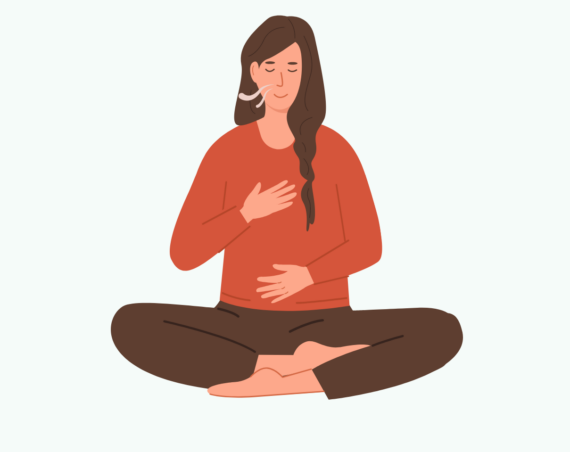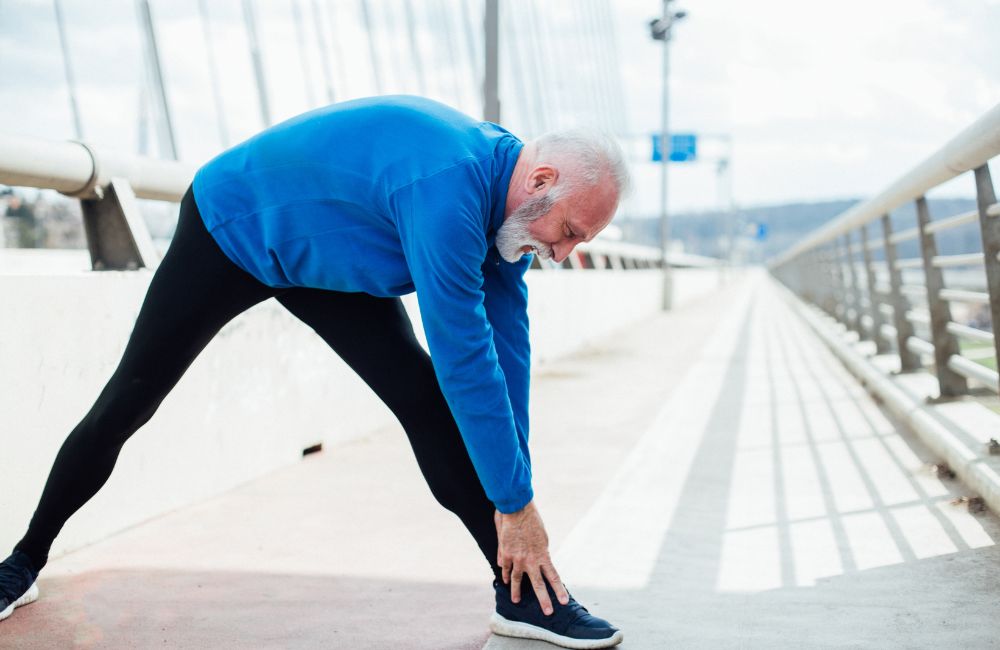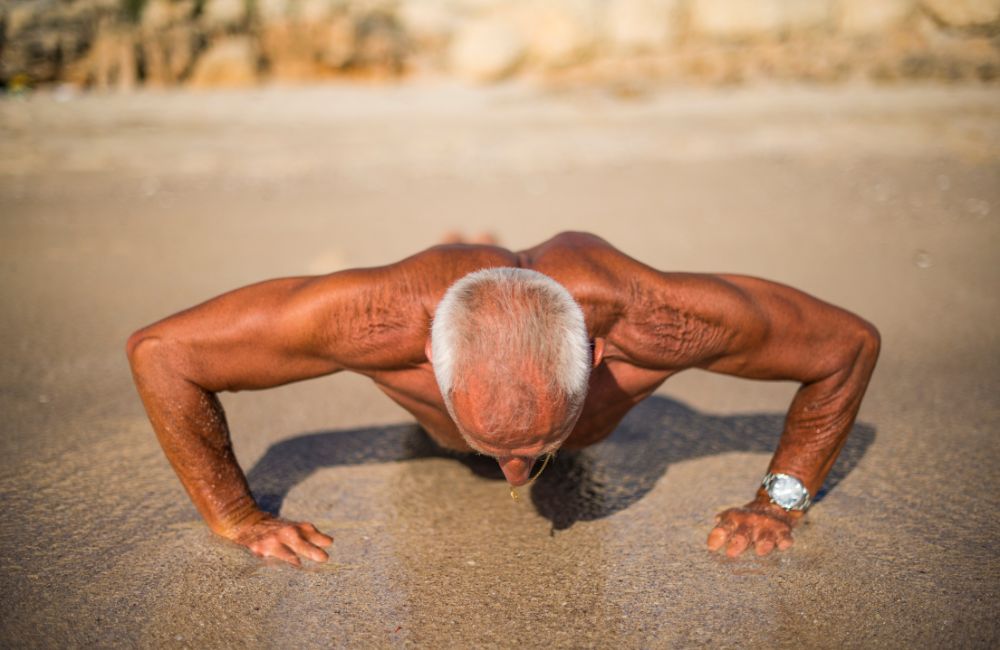
As time goes by, our bodies go through many changes. Unfortunately, most of these changes are undesirable. For instance, as we age, we tend to accumulate more body fat and we also often lose muscle mass through a process known as sarcopenia.
While age-related muscle loss is a generally accepted phenomenon, there is some disagreement on the topic within the health literature.
Some researchers aren’t convinced that this is a natural occurrence and that we can continue to gain muscle late in life. Others believe that sarcopenia is going to occur no matter what and that there is precious little we can do to stop it.
However, most health professionals agree that, while we probably can’t gain much muscle later in life, we can certainly prevent loss of muscle mass through consistent practice of good health habits.
In this article, we will review 6 of the best health habits that can help you maintain muscle as you age!
Perform Regular Strength Training
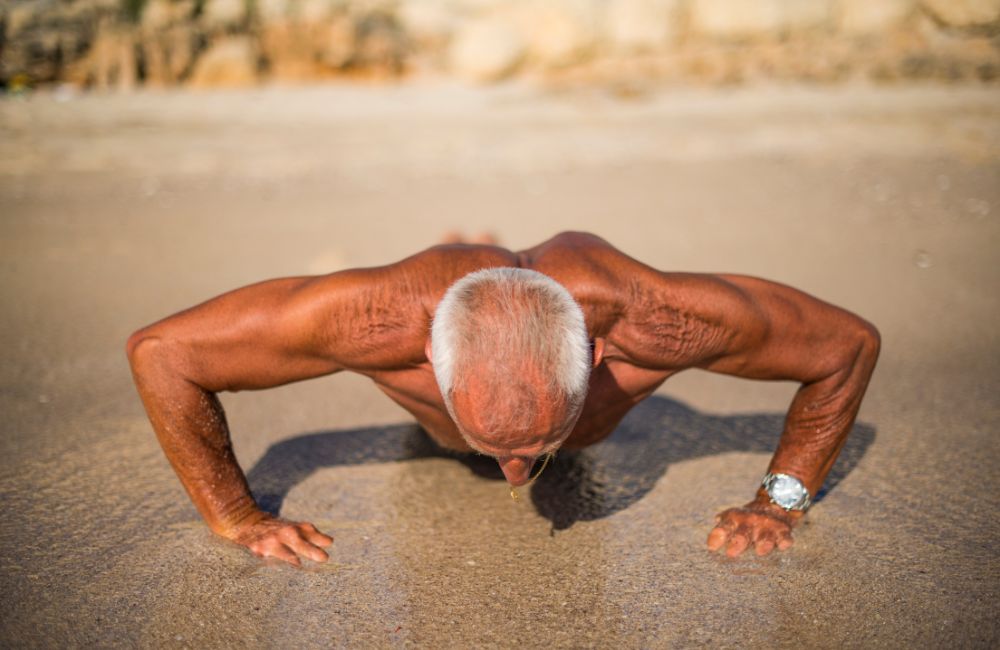
Lifting weights is great for people of all ages. That being said, it’s particularly important for older adults to perform resistance training a few times a week.
Our muscles and bones respond to the stress placed upon them. Therefore, putting appropriate stress through these tissues by lifting weights helps them stay strong.
Best of all, it really doesn’t take much resistance training exercise to improve your health and maintain your muscle mass. By simply performing total body resistance training exercises 2-3 times per week, you can counteract most sarcopenic effects of aging!
Stretch Often
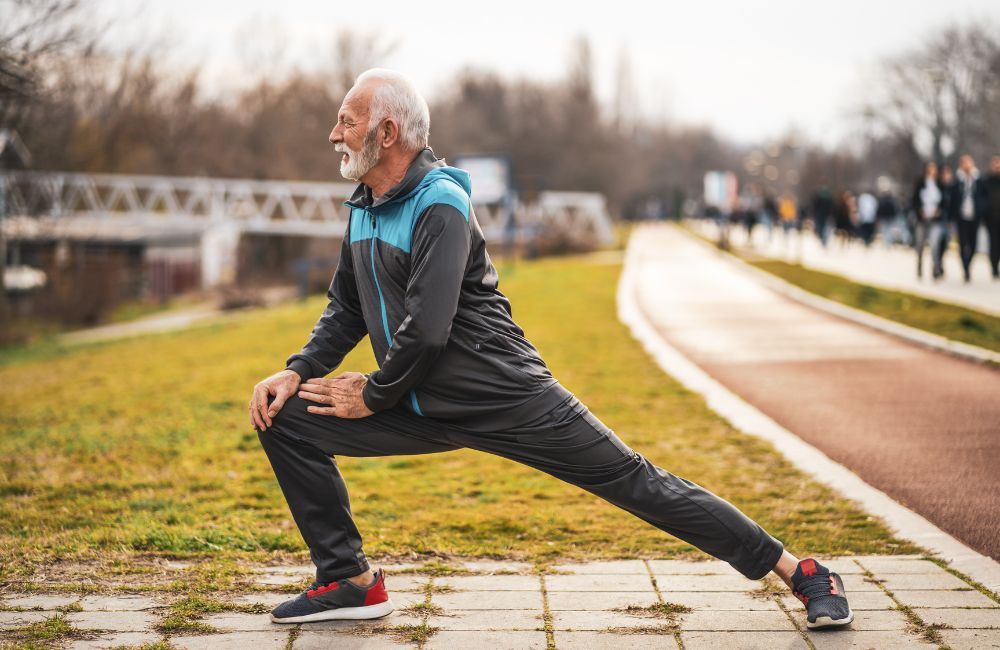
Above, I highlighted the importance of resistance training for maintaining muscle mass. However, stretching out said muscles is equally vital for healthy aging.
In order to effectively perform any type of movement, we need to have muscles that are both flexible and strong.
If our muscles are too strong, but not flexible enough, we are at higher risk for injury during activity. Similarly, if we have too much flexibility, but not enough strength, we can suffer an injury from lifting even very light weights.
As you may imagine, if you have to take time off from your exercise regimen in order to heal from an injury, you’re likely to lose even more muscle mass than you ordinarily would as a result of the sarcopenic process.
In addition to performing resistance training, as described in the previous section, you should aim to perform total body stretches 3-4 times a week at a minimum.
Try to hold each stretch at least 4 times, for 30 seconds each time. During each stretch, attempt to achieve a feeling of moderate discomfort.
Set SMART Exercise Goals
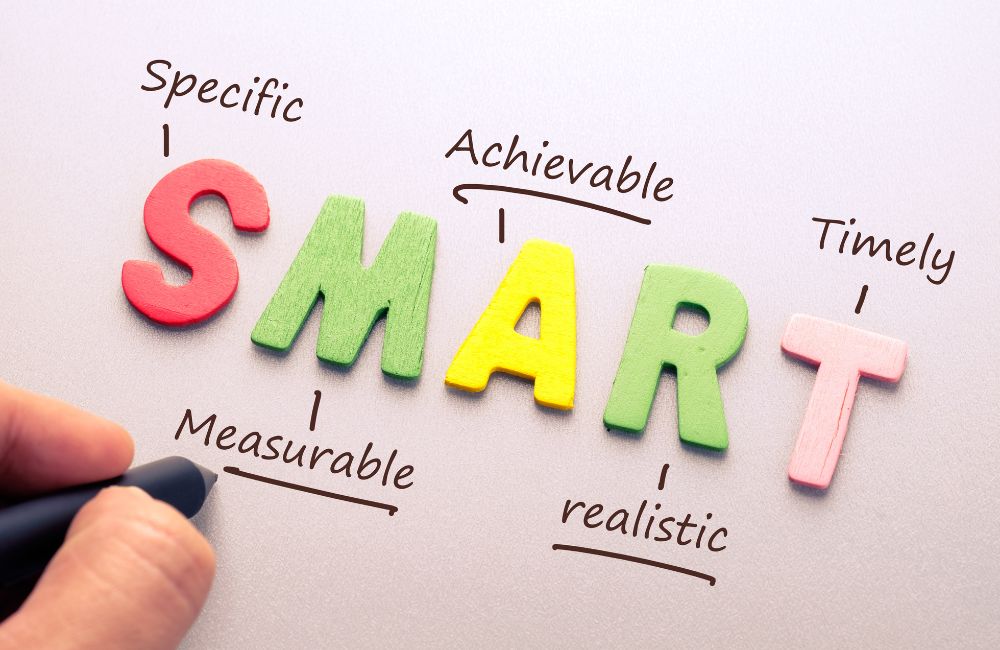
If you set extremely lofty goals, you’re likely to be disappointed.
I don’t mean to sound negative. Of course, you should always aim high and you should try to be the best you can possibly be in every area of your life. However, if you aren’t realistic with your exercise goals, you may resort to unsafe methods, or you may give up on your exercise plan altogether due to frustration.
A good way to ensure that you meet your exercise goals is to make use of SMART goals. SMART is an acronym that stands for Specific, Measurable, Action-Based, Realistic, and Time-Based.
Specific goals are those that are very detailed in terms of intensity, frequency, time, mode, etc.
Measurable goals are those that can be documented or observed in an objective way.
Action-based goals are those that require you to actually do something physically in order to achieve the goal.
Realistic goals are those that are attainable for you based on many different factors.
Time-based goals are those that indicate a period in which you will complete the steps necessary that lead to the goal.
So, putting that all together, an example of a SMART exercise goal would be:
I will walk on the treadmill at a moderate intensity for 30 minutes, 5 times per week, every week, starting tomorrow.
Complete Daily Cardio

Cardiovascular exercise is great for overall health. For instance, walking can improve heart function, increase respiratory capabilities, strengthen bones, and decrease the chances of developing joint problems.
However, the type of cardio you perform bears some consideration. More specifically, running is not always the best choice for older adults.
This is due to the high-impact nature of jogging. High-impact exercise can lead to small levels of bone damage which can increase the risk of injury.
Furthermore, there are some professionals who believe that great volumes of high-intensity exercise can also lead to muscle loss.
So, you should aim for 30 minutes of low-impact cardiovascular exercise, such as riding a bike or walking, at least 5 days per week.
Prioritize Protein

There are three components in our food that provide us with calories. These nutrients, known as macronutrients, are carbohydrates, fats, and proteins.
Each of the three macronutrients provides us with unique health benefits. Protein, however, is perhaps the most important nutrient for improving and preserving muscle mass.
There is some protein found in nearly all foods. But some foods are richer in protein than others. Animal products, such as meat, eggs, and similar items, are complete proteins. Complete proteins are those that contain all of the amino acids we need for our health.
Vegetables, fruits, and other foods are considered to be incomplete proteins. This means that they contain some of the amino acids we need in our diet.
Therefore, if you don’t eat animal products, you need to combine different plant products in order to get enough protein in your daily diet.
Alternatively, you may decide to supplement with protein shakes or similar items in order to reach your protein requirements.
This can help to increase your protein intake if you don’t feel like you are able to get enough of this nutrient through your food alone.
As always, if you have questions about protein or your health in general, talk with your doctor!
Get Enough Sleep Each Night

Sleep is the perfect way for our bodies to recover from our stressful lives.
By shutting it all down for 7-9 hours (or a little bit less, or maybe even a little bit more) a night, we allow ourselves time to heal from any injuries or pain that we may be experiencing.
It can often seem like sacrificing sleep here and there will help us get more things done in life. However, I would caution you against doing so. Sleep is vitally important for your health. It’s especially crucial for allowing you to maintain your muscle mass as you age.
Conclusion
“Getting old isn’t for the weak”. While the original author of this quote is unknown, it doesn’t make the sentiment any less true.
Aging can be a wonderful and beautiful process, but it’s not easy. Therefore, you should attempt to create as many good health habits as you can right now, to set yourself up for success later in life.

